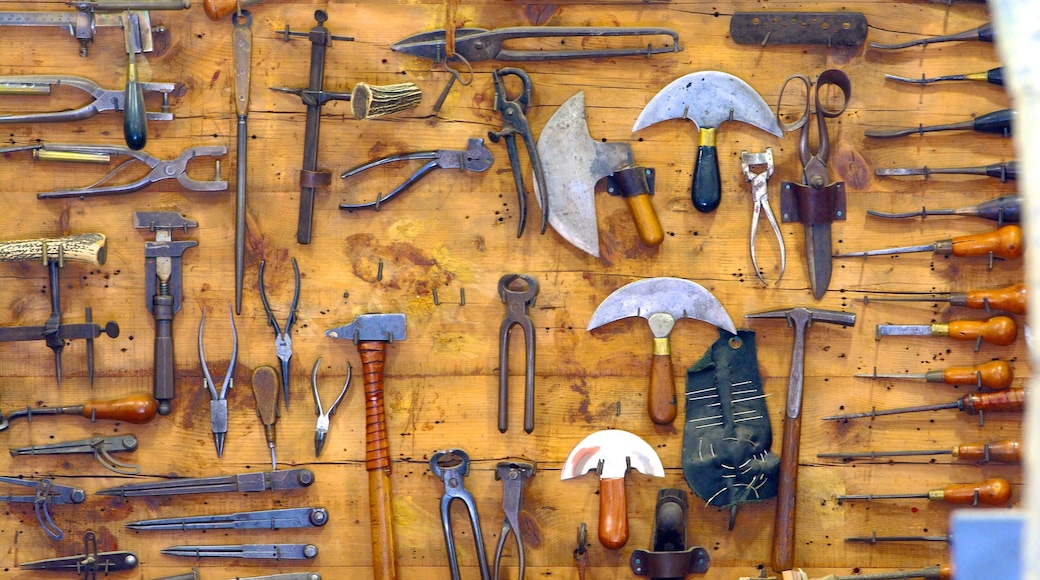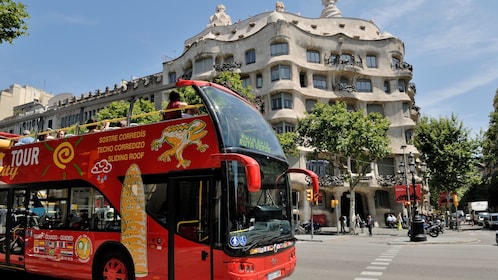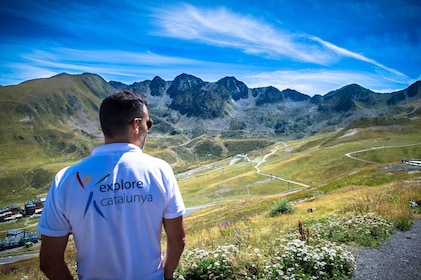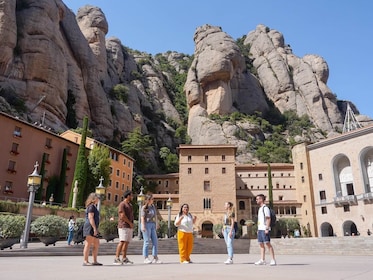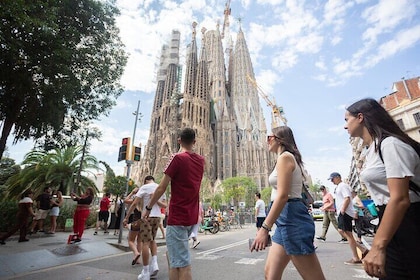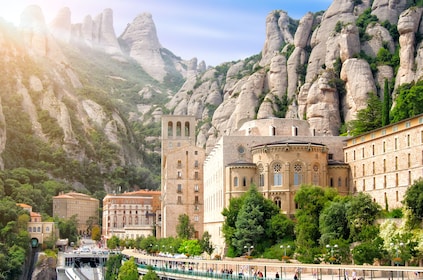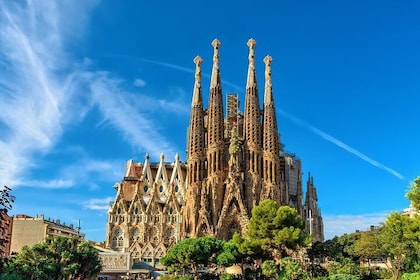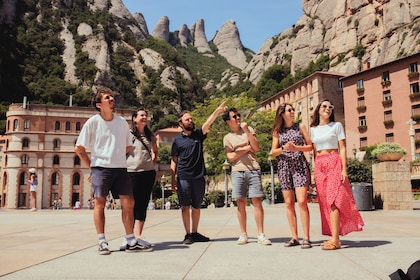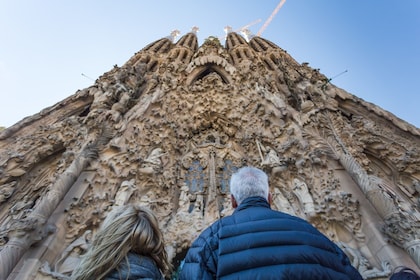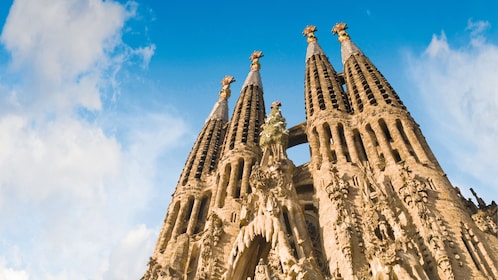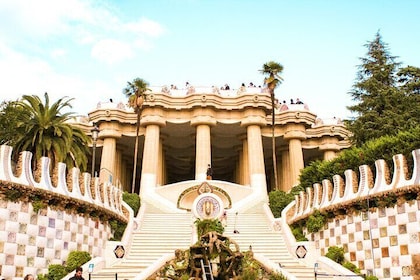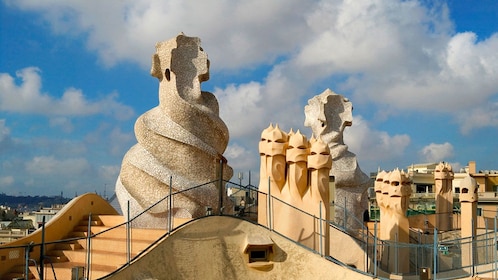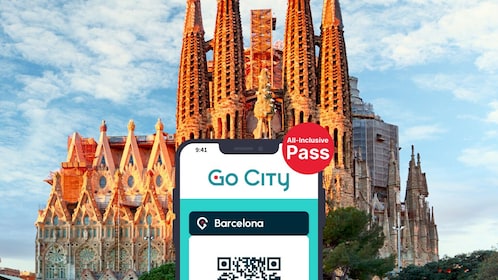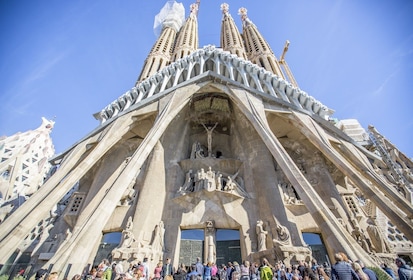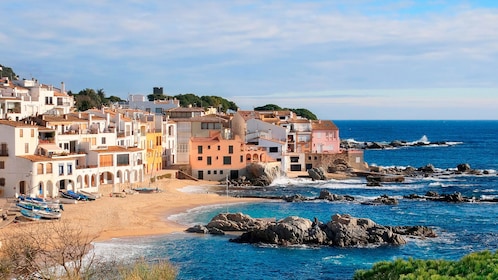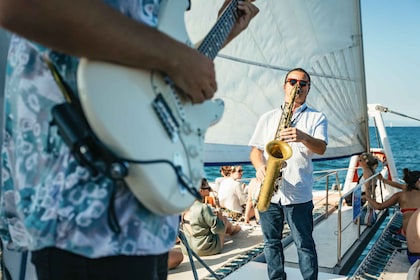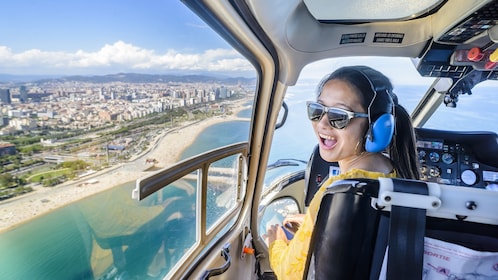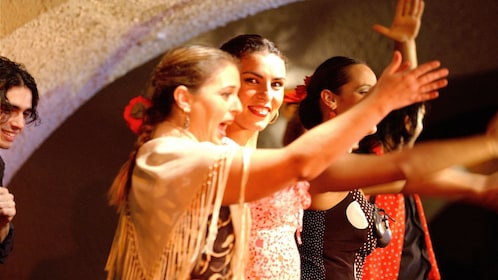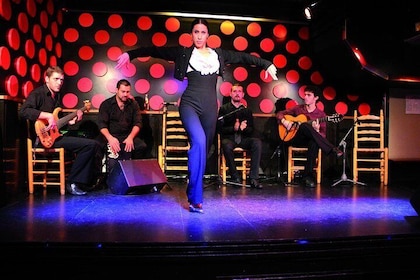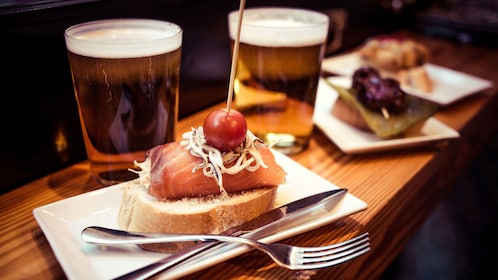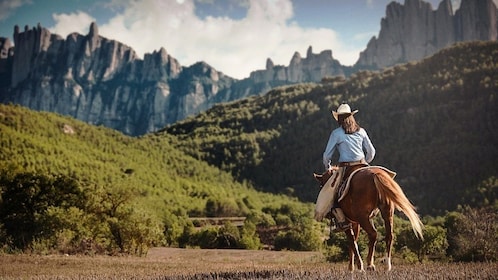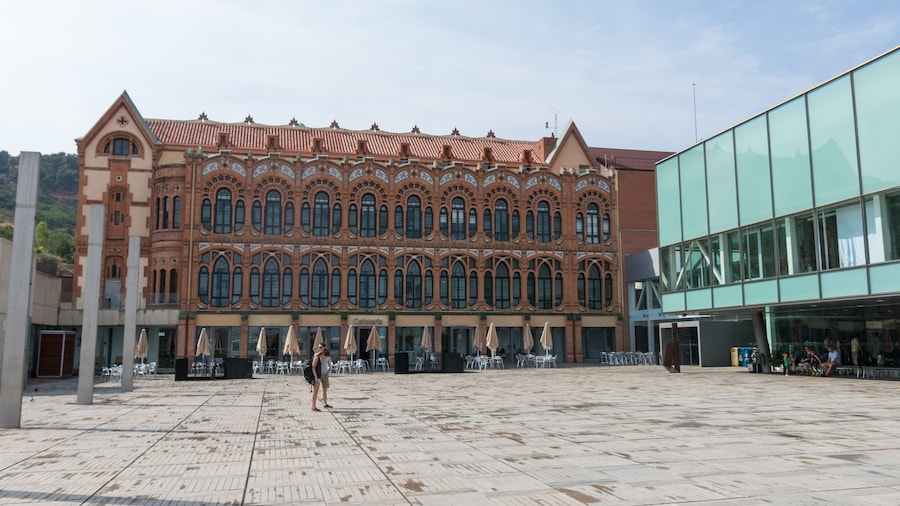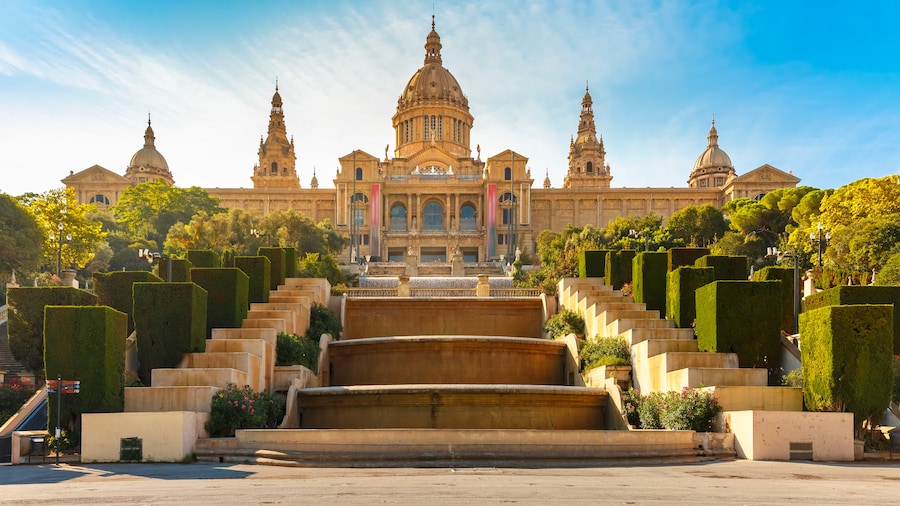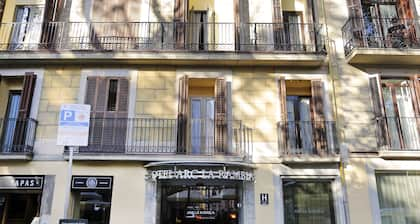Poble Espanyol (Spanish Village) was built in the late 1920s as an attraction to showcase Spanish architecture and culture. Today it resembles a real town, with bustling squares and narrow streets, shops, restaurants and nightclubs.
More than 115 buildings make up the open-air museum. Inspiration for the architecture was drawn from all over Spain. It was built on Montjuïc hill for the International Exhibition in 1929, and has been a popular tourist spot ever since.
Pay a small entrance fee to stroll the town’s streets, which are pedestrian only. There are discounts for students, retirees and children younger than 12. Spend a few dollars extra for an audio guide. Learn about the inspiration and architecture behind individual buildings and get a feel for Spanish culture.
Within the town are 40 craft workshops selling their wares. Glass blowing, embroidery, jewelry making and engraving workshops demonstrate traditional techniques and sell products that are made onsite.
Restaurants serve cuisine from all over Spain. Try tapas from a typical Andalusian pub or local Catalan-style paella.
The town’s main square, Plaza Maya, often hosts live music and dancing. The town comes alive on Sundays, when there are parades, puppet shows and story-telling sessions.
Art buffs should visit the Fran Daurel Foundation. The gallery features works from the 20th century to today, including pieces by Dali, Picasso and Miró. An outdoor sculpture garden has views over the city.
Finish the day with a flamenco show, then go dancing at one of Poble Espanyol’s nightclubs.
The village is open every day. It’s a 20-minute walk from the metro or a short walk from the nearest bus stop.



